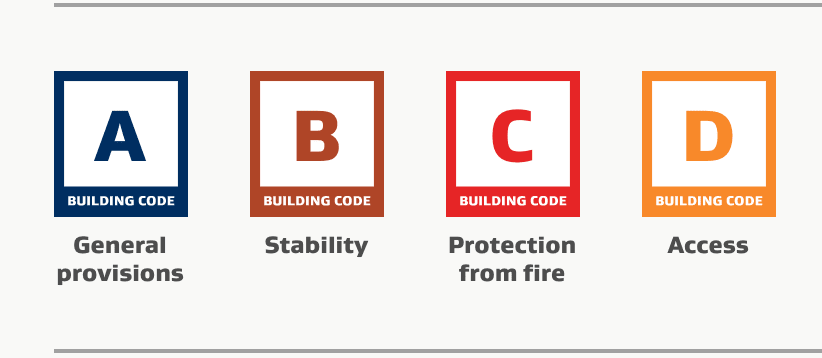Australia called, we want our Building Codes updated and regulated
The Australian Institute of Architects is calling for a fundamental overhaul of building regulation to improve compliance and accountability.
At the moment, Australian regulation and building codes lack transparency and as we have seen in the recent events, do little to protect residents and homeowners.
Currently, anybody can procure and construct an apartment building in Australia without evidence of education, experience or insurance held where previously, independent and rigorous checks would oversee the design, materials choice and construction to ensure the utmost safety and sustainability for residents. Over the years this compliance has decreased to prioritise cost-saving over quality and is a reflection of our quick supply and demand culture.
Countries such as New Zealand have a building code compliance that all builders must comply with even without building consent to ensure the safety and durability for everyone that uses them. New Zealand builders must abide by the technical guidance by the Building Code of 2004 with strict warnings and bans in place which could see the builder or developer paying a fine of up to $200,000 for which all buildings must focus on:
- General Provisions
- Stability
- Protection from Fire
- Access
- Moisture
- Safety of Users
- Service and Facilities
- Energy Efficiency
Japan’s strict building regulations may be due to protecting citizens from the incredible amount of seismic activity the country experiences but are incredibly helpful when considering updating and strengthening Australia’s as bans on combustible building materials is much more closely regulated than here.
In late 2018, Victoria banned lethal flammable building cladding, which includes aluminium panels.
The ban provides builders with a clear and strict guideline of materials that can and cannot be used in the construction of buildings above two levels high.
The VBA, Victorian Building Authority has put builders on notice, as they inspect the hundreds of at risk buildings in a statewide audit to crack down on non-compliant structures.
Architects and developers design buildings and communities with the intent of enriching the lives of people and the environment in which it stands, therefore building codes in Australia need to match that intensity with strict regulation and inspection to ensure the well being of all people.
In recent news, residents of Australia 108 respond in panic due to hearing cracking noises, power outages and lift operating failures. Since the first settlers took residence in the soon to be 101 story tower in late 2018, there have been a slew of complaints regarding construction noise and construction defects within apartments such as windows not closing or opening due to the curved facade.
These stories have now either been exacerbated by the media to take advantage of panicked citizens to incite fear and sell papers or forcing builders and developers to take accountability and be more transparent about their building practices.
With articles published in The Age and Herald Sun displaying the latest apartment building disasters, people are on high alert in fear their building's too, falls under the same underegulated practices. What holds true to these statements is that resident’s voices deserve to be heard with their safety and quality of life at the utmost importance.
Multiplex denied any structural damages in a statement and said the building is bound to move slightly as it is still under construction and minor defects are quickly fixed with absolutely no risk to residents.
These complaints of noise are common with residents within and surrounding high density skyscrapers under construction and are not permanent.
A multiplex representative states that “all residents have access to the Multiplex onsite customer team and our onsite service team has been working closely with the residents to rectify these items in a timely manner.”
A benefit to the exposure of towers such as Opal in Sydney and its defects is that consumers and citizens are conscious and have opened up a dialogue with government about the loosened regulations and building codes our individual states hold.
The next step is to hold builders accountable and to provide transparency with VBA and other councils alike in order to adhere to the highest quality of building and ensuring the safety of residents and communities.
As work commences in Victoria establishing a ban on all flammable materials used in construction, a push for other councils and states is imminent and blatantly necessary.
The Australian Institute of Architects are taking their demands of an industry revolution to VBA and multiple councils across New South Wales insisting on addressing the root of the issue, a culture and practice that has put time and cost above quality.
This construction industry crisis facing Australia are systemic and it is crucial to make those steps forward to eradicate unlawful practices.
Read their latest article demanding industry revolution by clicking this link.
